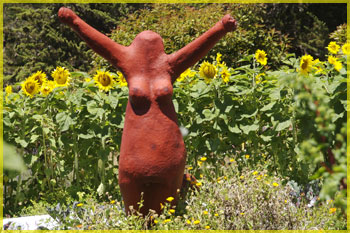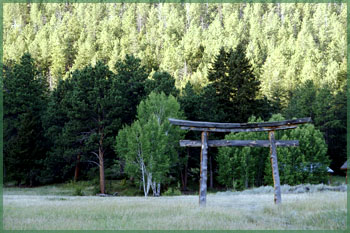One of the reason I choose to use TypePad is their obvious care for beauty – from the viewpoint of a designer it is very easy to make a beautiful blog with this software, and from a user’s standpoint, the interface has a refreshing clarity and ease.
Even their website was clean and beautiful – and I say was even though
it’s still far better than most, but I must admit I prefer the old
design. I loved the evocative image of an orange among apples and the featured
blog right up there on top – as a TypePad blogger, it made me feel I
could be "discovered" at any moment. Now that piece is much further down the
page, "below the fold" under some standard promotional copy that gets
VERY old when you see it every day.
But to my eye, the winner of the online design prize goes to Google.
The ultimate in elegant simplicity, what else could a weary-eyed
designer like myself, visually exhausted by the crowded excesses of the web, possibly prefer for my browser’s home page?
Even now with all the bells and whistles I’ve added to Google suite – GMail and Blogger, Google
Analytics, Google Calendars and widgets that show daylight patterns
across the world – they tuck away nicely in tabs, preserving that clean open search
page design. I love the relief of its white space and never get tired of the
classic logo, kept fresh and surprising by the variety of seasonal
decoration (although today’s depiction of Lego’s 50th anniversary makes
me suspect they’re accepting product placement payments, and that
tends to make them less attractive).
What delights your eye? Any favorite examples of online design to share?




Welcome!